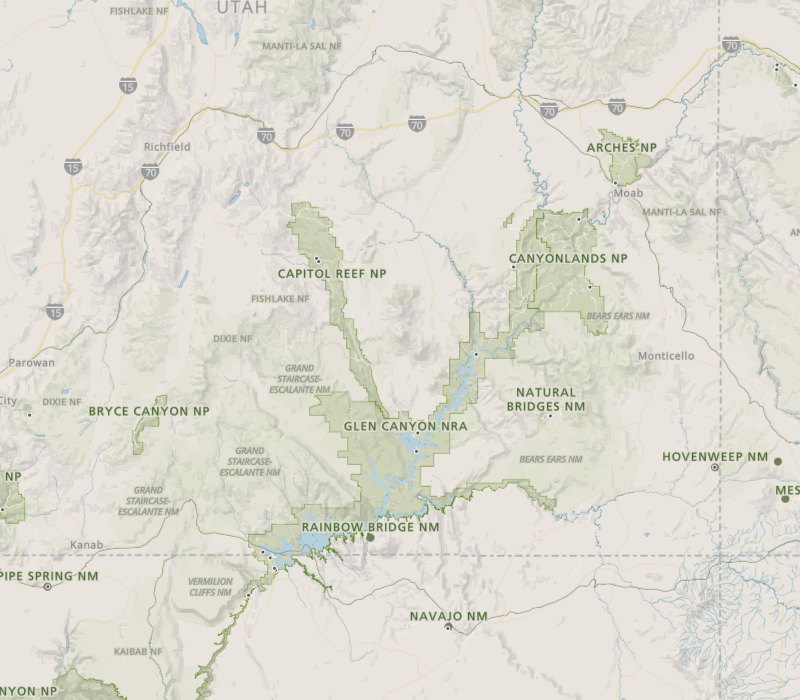
USGS Investigators: Laura Hubbard
NPS Investigators: Lisa Shender
| 2024 | 2025 | 2026 |
|---|---|---|
| $100,000 | $100,000 | $100,000 |
NPS Park: Glen Canyon NRA , Grand Canyon NP , Point Reyes NS , Alcatraz Island , National Mall
USGS Center: Central Midwest Water Science Center Ohio-Kentucky-Indiana Water Science Center Upper Midwest Water Science Center
States: az ut ca dc
Highly pathogenic avian influenza (HPAI) continues to circulate internationally, causing record numbers of deaths in both wild birds and domestic poultry. The cause of recent California condor deaths due to HPAI in Grand Canyon National Park (GRCA) and Glen Canyon National Recreation Area (GLCA) are unknown. However, HPAI virus contaminated water by fecal material of infected birds is one possible source of transmission.
The extent of this threat or other water quality variables such as cyanotoxins and microbial indicators that may affect persistence of HPAI in National Parks is currently unknown. It is important to assess what role contaminated water plays in the presence and transmission of HPAI virus in our National Park conservation areas. This project will provide monitoring across spatially distributed conservation areas that are important areas for avian species (e.g., migration, breeding, vulnerable/endangered) and human sustenance and recreation (e.g., drinking water, hiking, boating, birding, tourism).
This study will:
